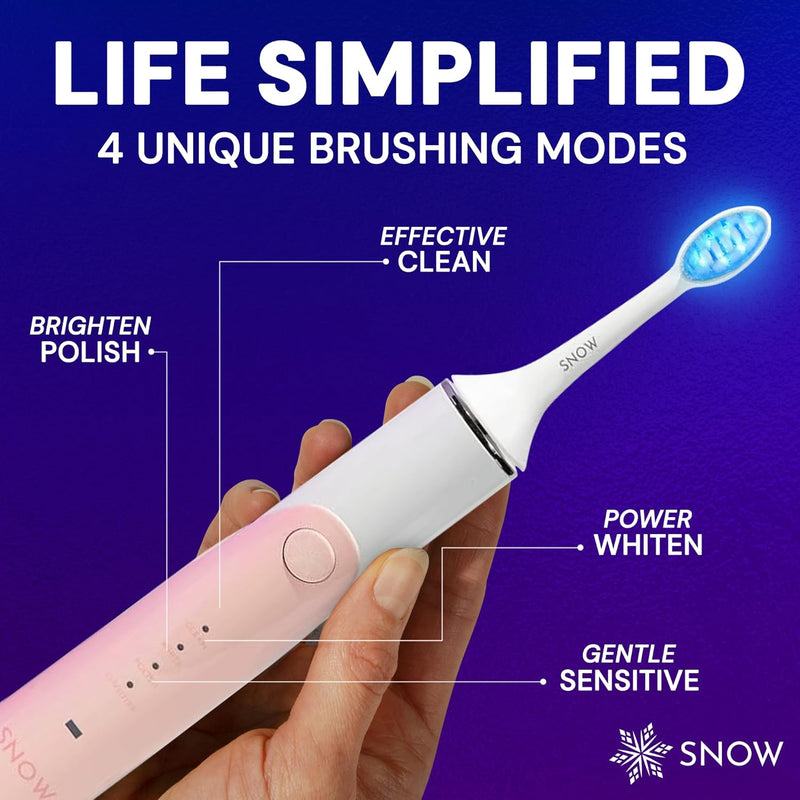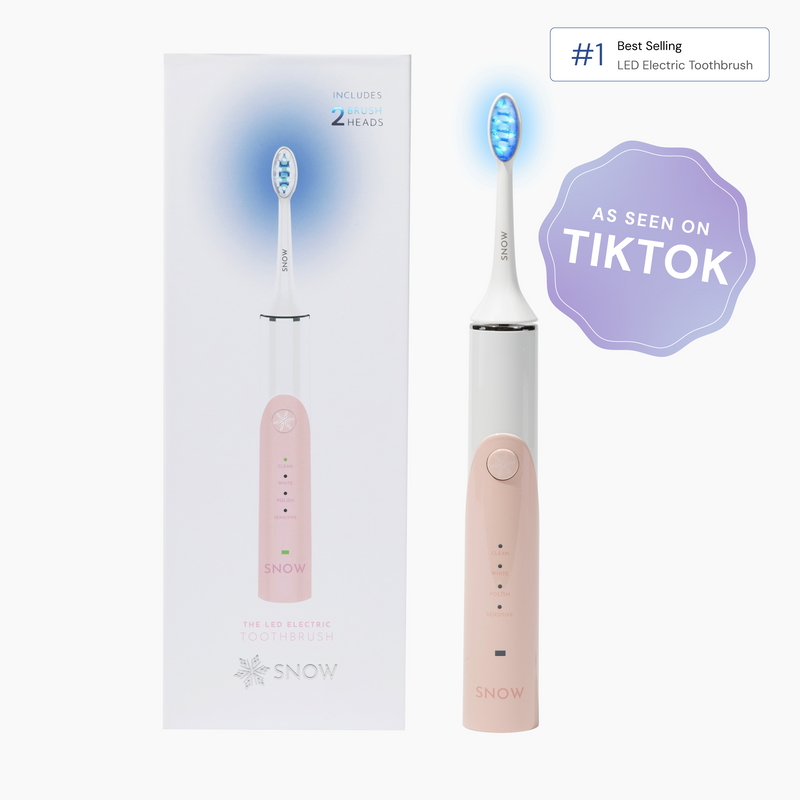Have you ever had a cavity? How about a broken or chipped tooth? Wait, what about stubborn stained teeth that you just can't whiten?
If you answered yes to any of the above questions, chances are you have probably had a filling done by a dentist or are planned for one in the near future.
WHAT ARE THE DIFFERENT TYPES OF FILLING MATERIALS?
There are many amazing materials that are used to fill in a cavity or to fix a fractured tooth. Filling material is always compared to the properties of gold. Yes, the body loves gold. So what are some of the different types of materials used to restore teeth?
We already know about gold, but what other metal do we use to restore decayed teeth or chipped teeth?
Amalgam fillings! Amalgam fillings have been around for many years and have a long track record of being used as a dental material for fillings.
Next are Glass Ionomers and Resin Modified Glass Ionomers. These guys are great because they release fluoride to help with remineralizing your tooth structure. They are typically tooth colored but do not have many shade options. These are great for baby teeth!
Speaking of tooth-colored, let me go into one of the most popular filling materials, composite resin.
WHAT IS COMPOSITE RESIN?
According to the American Dental Association, composite resin material was designed to be a cosmetic alternative to amalgam. Composite resin is tooth-colored and comes in many different shades. To place a composite resin, there is a special technique that is used, and it all revolves around dental bonding.
WHAT IS DENTAL BONDING?
Dental bonding or tooth bonding is a technique-sensitive procedure.
There are many different bonding material options out there for your dentist to use, and each dental bonding system has its own steps and limitations. I won't go into all those details here. All you need to know is that whatever your dentist uses as a dental bonding system is a system they trust are comfortable using effectively.
Dental bonding involves prepping the tooth, cleaning the tooth, and using a bonding agent to act as double-sided tape for the composite resin material to stick to.
PREPPING FOR A TOOTH BONDING PROCEDURE
Your dentist will need to first prep your tooth to receive a composite resin. If you have a decayed tooth, your dentist will first need to remove the tooth decay. Tooth decay is typically soft, the bonding material does not stick to it. It is kind of like trying to put tape on a wet surface, it just won't stick!
After the tooth's surface has been cleaned and all of the tooth decay is removed, your dentist may put in some retentive features to help "lock in" the composite resin material. They will isolate the area to make sure it stays dry because composite resin material needs to have a dry environment, much like the tape analogy I mentioned earlier.
CLEANING FOR DENTAL BONDING
Now that the tooth is prepped, it needs to be cleaned. Imagine when you are using a saw to cut wood.
Saw dust everywhere!
This is the same when preparing a tooth. Therefore, your dentist will use an acid etch to dissolve the tooth dust that was created when drilling on the tooth. After that, they use a primer to prime the surface and get it ready for dental bonding.
DOUBLE-SIDED TAPE?
The bonding agent is applied to the tooth and it is scrubbed in very well. Your teeth have very small holes in them called dental tubules. The acid etch is used to clean the tooth's surface, removing the tooth dust from these dental tubules to open them up. Then, the bonding agent gets scrubbed onto the tooth so it can go into these small holes.
After the scrubbing, the bonding material is light cured using an ultraviolet light that is set to a specific wavelength. This is a special light that causes the bonding material to harden and lock into the dental tubules, leaving behind a sticky surface. This is your double sided tape that is used to bond the composite resin material to the natural tooth.
COMPOSITE RESIN
Your dentist will use a shade guide to match the composite resin to your adjacent teeth. This is a huge plus with composite resins, they come in many shades!
The composite can be thick, also called packable composite, or can be more flowable. Think about packable composite as being play dough consistency and flowable composite being more of a Elmer's glue consistency.
The composite is placed onto your tooth in small increments and manipulated to a desired shape that matches your natural tooth. Once the tooth colored filling is placed and shaped, it is light cured using the same ultraviolet light.
The entire process is relatively short and your dentist can get multiple teeth restored in one treatment visit.
HOW MUCH IS COMPOSITE BONDING?
Each dental office has their own pricing for composite bonding. Also, many government programs, such as Medicaid, may pay for composite restorations. You can expect to pay anywhere between $125 - $1,000 per tooth (very rough estimate).
The price for these composite resins is determined by the number of surfaces that you need restored.
The larger the cavity or fracture, the more surfaces your dentist will need to restore. You dentist will break down what surfaces you need restored and this will determine the cost per tooth as each tooth will be different.
COSMETIC DENTISTRY
Teeth bonding is a procedure that can use for veneers, crowns, and many other applications in restorative dentistry.
Social media has introduced many people to the concept of cosmetic dentistry!
Cosmetic dentistry is exactly what it sounds like, the cosmetics of your teeth.
This involves cosmetic procedures such as dental crowns and dental veneers to close small gaps, to cover up stained teeth and so improve your overall smile. A new smile can be a great confidence booster and help to improve your overall health.
WILL INSURANCE PAY FOR COSMETIC DENTISTRY?
Many dental insurance companies do not cover or they only provide limited coverage for a cosmetic procedure. If they do provide coverage, they want to ensure the site complies with their requirements, they want to make sure structural reasons are explained, and that the overall dental health of the patient is stable.
You can save money by taking care of your teeth! Don't rely on your your dental insurance!
DENTISTRY IS NOT EXPENSIVE. NEGLECT IS!
If you do not maintain proper care of your teeth, you can get gum disease. Gum disease effects the stability of the patient's teeth. If your teeth are not stable, this limits your options for restoring your teeth.
Every insurance company will have specific cost per tooth and can have a different cost for front teeth and back teeth. Neglecting to take care of your teeth can add more costs to your dental plan and less coverage from your insurance, meaning a more out of pocket expense for you.
CHIPPED TOOTH
Accidents happen, teeth get chipped. You can restore a chipped tooth with dental bonding. This can also fall under the cosmetic dental procedures list. It all depends on the fracture, the location, and the severity of the fracture.
The cost of dental bonding can vary, if you couldn't tell by now. There are so many factors that come into play! Your dentist is the best resource for dental bonding cost estimates.
STAINED TEETH
If you have stained teeth from drinking coffee, or red wine consumption, etc, you may want to try teeth whitening first. If teeth whitening does not work for you or you have intrinsic stains, such as tetracycline stains, then you may need porcelain veneers or direct composite veneers.
VENEERS
Dental veneers are also great for filling gaps in. They may or may not be covered by your dental insurance company. They can be stain resistant but do have some limitations such as limiting hard foods as this can pop the veneer off.
Veneers are typically placed on anterior teeth and is considered to be a cosmetic procedure.
You cannot whiten dental veneers. That is why it is important to discuss with your dentist what your overall gaol is for your smile.
OVERALL DENTAL BONDING COST
As mentioned before, there are major risks with neglecting your oral health. Your smile is important for your oral health and systemic health. If you want low cost dental care, take care of your teeth! It is simple as that!
Many dentists are accepting new patients right now! They can break down a treatment plan for you, the cost for each procedure, plan future appointments for each procedure and help you get the treatment you need to smile with confidence.
Frequently Asked Questions
How long does composite bonding last?
On average, composite bonding lasts five years. The material isn't as durable as natural teeth. It can deteriorate, chip, shatter, or more. All of these concerns have an impact on its longevity.
How much does composite bonding of teeth cost in Mexico?
The cost of composite dental fillings in Mexico varies, but the cost can be as little as $50 to $150 for each tooth.
How much do composites cost?
Composite dental filling costs vary, but you should budget between $125 and $250 each tooth.
What happens to your teeth once you get composite bonding done?
Bonding is a non-invasive process as well. Crowns and veneers, for example, permanently remove a portion of the tooth. To apply composite bonding, the tooth's surface must be roughened to assist the resin adhere, which means the tooth structure stays intact.
SUMMARY
Teeth bonding is great but there are limitations to this type of treatment.
Over the years you will accumulate stains at the junction where the composite resin meets your natural teeth. Resin composites are not stain resistant. They need to be maintained with proper oral hygiene.
FRBR: Floss - Rinse - Brush - Repeat!
Your natural teeth are much better than a bonded tooth. Dental bonding is great but if you can avoid any type of filling or tooth bonding, that is always preferred.
Dental bonding can be costly and it all depends on the procure you need done. Talk to your dentist today about your options!
- Dr. Gibbz (Public Health Dentist)
Disclaimer: This article is for educational purposes only and there is no doctor/patient relationship being established by reading this article. Always consult with your dentist or primary care provider. This article is not intended to offer medical or dental advice to anyone, it is not intended to diagnose any medical or dental conditions that you may have. There are no warranties and/or guarantees being made with the information being presented in this article.





































































